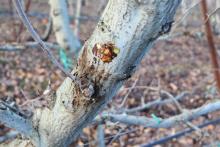
Figure 1a. Canker on apple.

Figure 1b. Overwintering canker on young Anjou pear.

Figure 2. Bloom symptoms 12 days after infection.
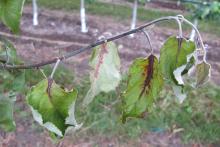
Figure 3. Characteristic shepherds crook. Notice ooze.
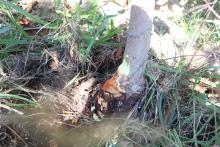
Figure 4. Rootstock infections may appear water soaked under the bark.
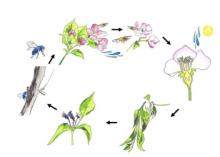
Figure 5. Fire blight disease cycle.
Illustration S. Tianna DuPont.

Figure 6. Remove infected branches 12 to 18 inches below the visibly infected tissue into 2-year or older wood.
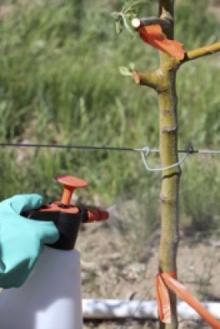
Figure 7. Application of concentrated Actigard in water using a 1-liter sprayer to at 2-foot section of leader.
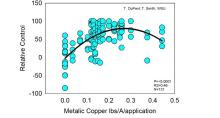
Figure 8. Relative control from coppers WSU trials 2013 to 2017.
